
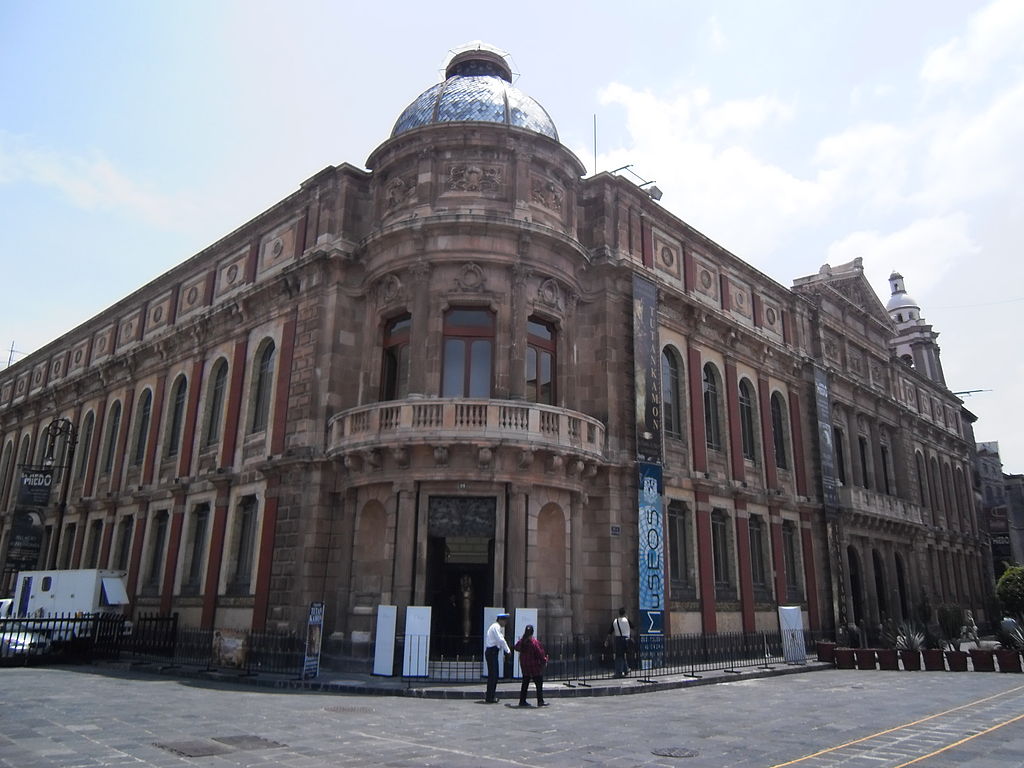
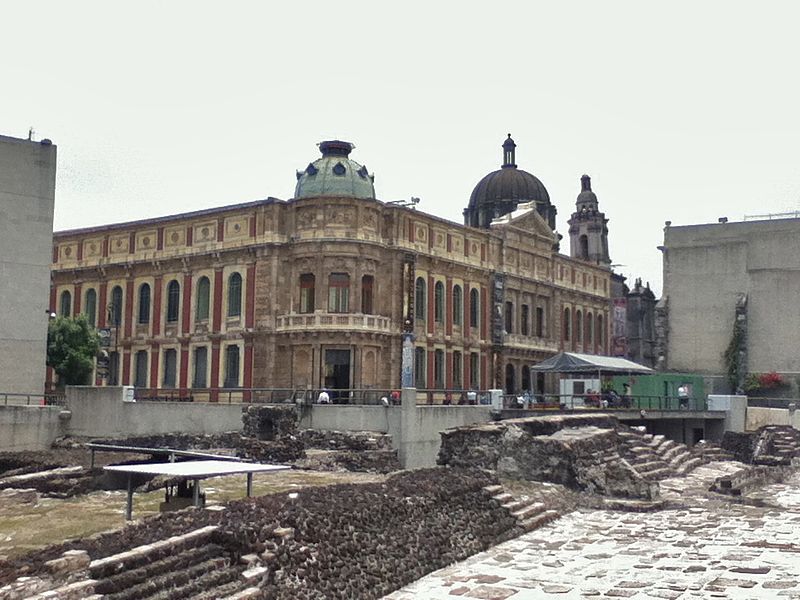
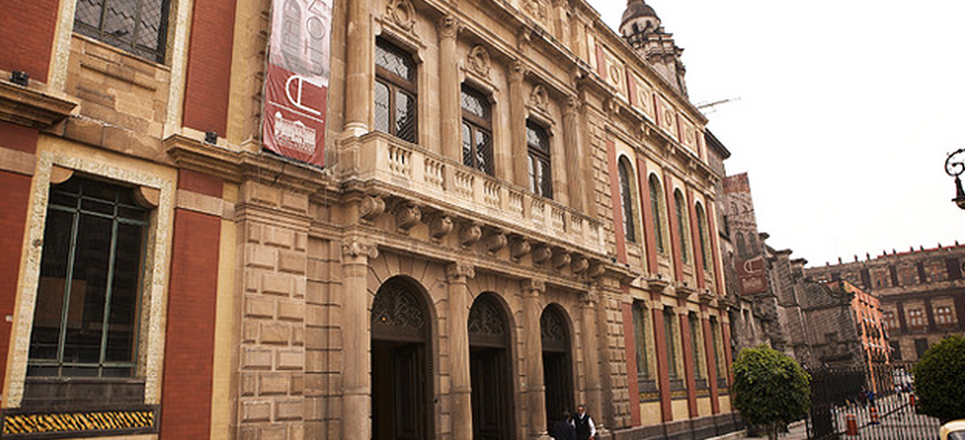
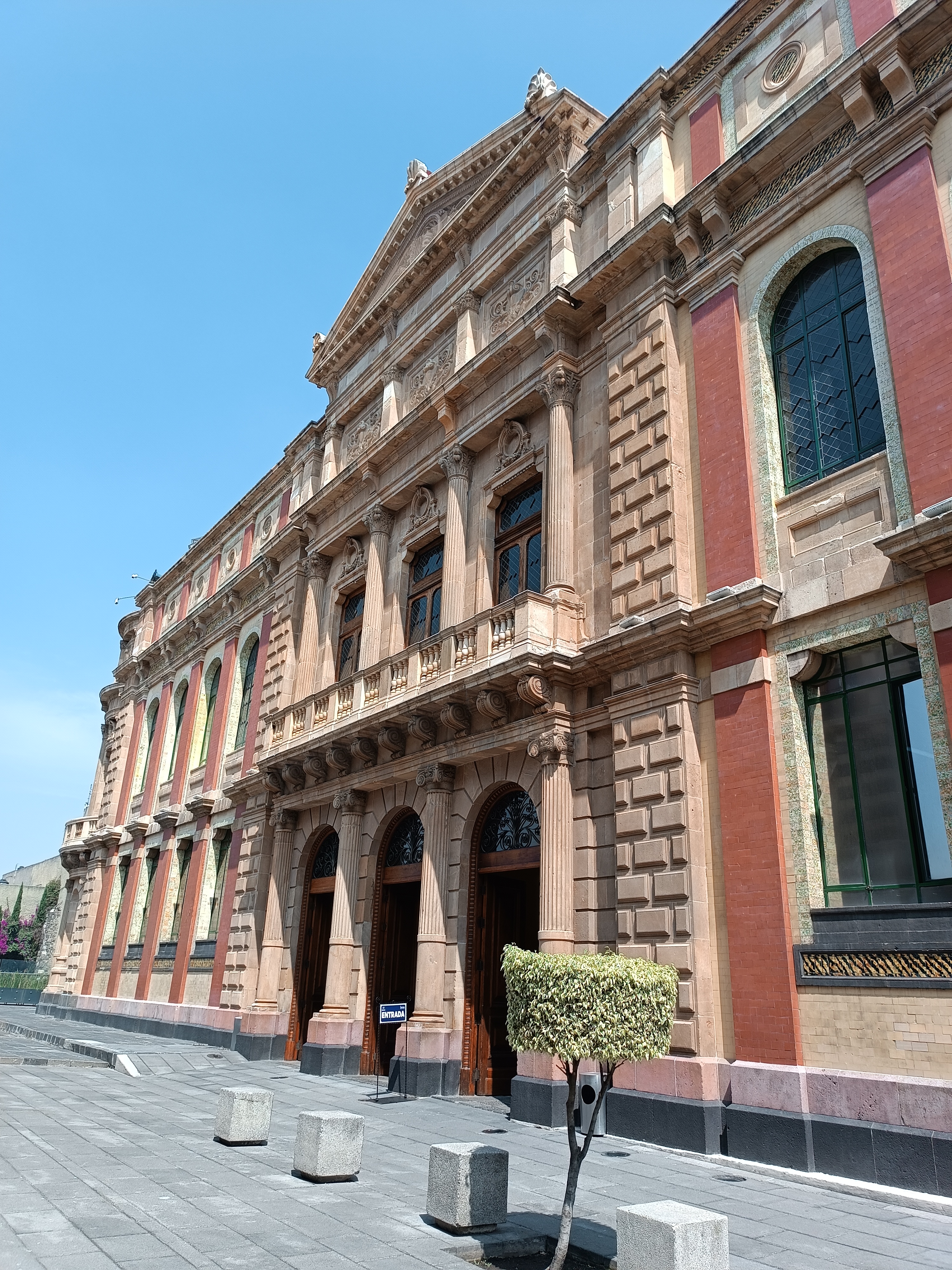
Photo: Patricia Alzuarte Díaz, Attribution-Share Alike 3.0 Unported
The Palace of Autonomy (Palacio de la Autonomía) celebrates the notion of that big, political word that so confounds international visitors. In fact, freedom from government control, academic freedom, had to be fought for and won, by students, professors, academics and researchers.
The reverberations are still felt today. The word Autonomous still needs to be spoken every time one names one of these government-supported, public universities.
Today, still a part of UNAM, the palace is the site of a number of museums.
The Building
The Palace building went up in the decades after the Reformation had closed the Santa Teresa Monastery. Built of white stone quarried near Pachuca in Hidalgo, the style is eclectic, combining elements from a number of other styles. Some of the foundations rest on a perimeter wall which surrounded the Templo Mayor site.
After the fall of ancient Tenochtitlan, the space had been reserved for the Casa de Monedas mint. But soon after became part of the Santa Teresa la Antigua monastery complex. When that complex was closed by the Reformation, this part was converted to residential units. The Porfirio Díaz government soon took over this section and had the present building constructed early in the 20th century. By 1910, it was housing the Normal School of Teachers. This was soon folded into the National University of Mexico which came to be UNAM.
The building served as the UNAM dean’s offices, and the papers founding the University were signed here in 1929. When most of UNAM moved to University City (CU) in 1953, it began serving as the National School of Dentistry. The dentists then moved to CU, too, in 1958. The building then became the School of Nursing and Obstetrics, and then part of the National Preparatory School until 1978.
Today it serves as the Museum of University Autonomy, which also hosts a Salon of Mexican Dentistry, a temporary exhibition hall, and an archaeological exhibition. The university radio station UNAM-FM also have studios and archives in the building.
Hours: Daily, 10 a.m. to 6 p.m.
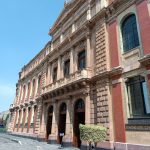 On the ruins of a convent of the Discalced Carmelite nuns, founded in the 16th century, several housing units were built by 1859. In 1890, the Escuela Normal de Maestros, designed by architect Manuel F. Álvarez, was built on the site. The building was later modified by Leopoldo Batres, and housed several offices and university departments.
Renamed the Palace of Autonomy, it was the scene in 1929 of severe police repression against a university strike. This resulted in autonomy for the National University of Mexico by a decree from President Emilio Portes Gil.
On the ruins of a convent of the Discalced Carmelite nuns, founded in the 16th century, several housing units were built by 1859. In 1890, the Escuela Normal de Maestros, designed by architect Manuel F. Álvarez, was built on the site. The building was later modified by Leopoldo Batres, and housed several offices and university departments.
Renamed the Palace of Autonomy, it was the scene in 1929 of severe police repression against a university strike. This resulted in autonomy for the National University of Mexico by a decree from President Emilio Portes Gil.
Heart of México Walking Route: Moneda-Santísima
< < Casa de las Campanas |Templo de Santa Inés > >
Proyecto “Corredor de Cultura Digital”.
Nombre de la investigación: Investigación Centro Histórico, Monumentos, Edificios y Puntos de Interés (2023)
Dirección de investigación y diseño de Rutas: Acércate al Centro A.C. Guadalupe Gómez Collada
Coordinación e investigación histórica: Fideicomiso del Centro histórico Dir. Maestra Loredana Montes
 direccionautonomia@hotmail.com
direccionautonomia@hotmail.com
 +52 (55) 5491 1112
+52 (55) 5491 1112
 http://www.fundacionunam.org.mx/palacio-de-autonomia/
http://www.fundacionunam.org.mx/palacio-de-autonomia/
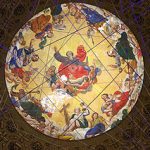
Nearest at 0.04 kms.

Nearest at 0.04 kms.
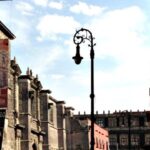
Nearest at 0.07 kms.
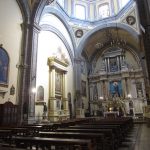
The first target of the counter-reformational Academy of Art . . .
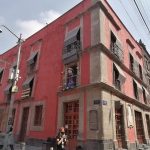
One of the Center City's most important cultural centers with a small fascinating museum...
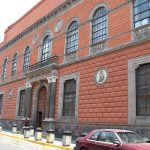
The first Academy and Museum of Fine Arts in the Americas...
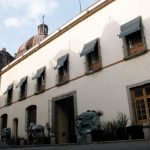
The former Santa Inés Church & Convent provides some lively competition on a City Center street.
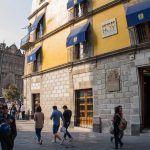
A museum dedicated to one of the oldest institutions in the hemisphere and its long role in Mexico City.